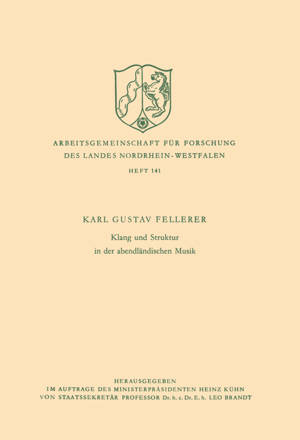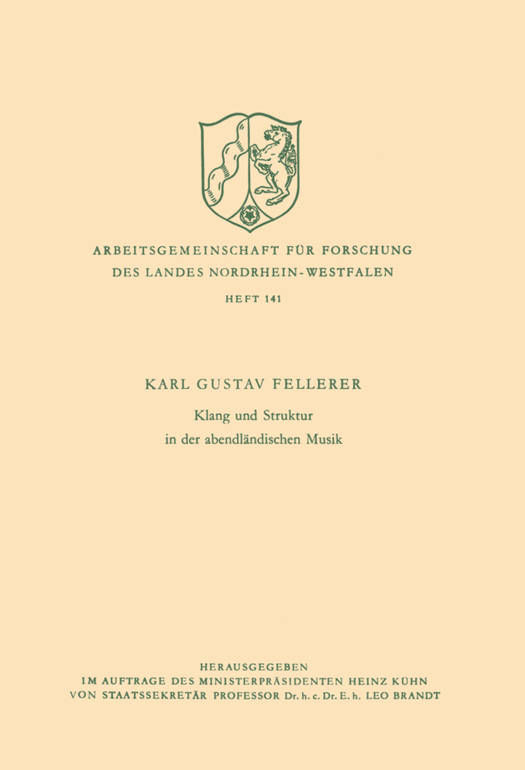
- Afhalen na 1 uur in een winkel met voorraad
- Gratis thuislevering in België vanaf € 30
- Ruim aanbod met 7 miljoen producten
- Afhalen na 1 uur in een winkel met voorraad
- Gratis thuislevering in België vanaf € 30
- Ruim aanbod met 7 miljoen producten
Zoeken
Omschrijving
The development of music in Western civilization shows a constant inter- action between the structural and the sonoro.us-expressive elements in musical composition. The emphasis on sonority, on harmony, contrasts with the em- phasis on counterpoint, of which the construction is the extreme development. Canonic technique in 15th century music, with its manifold structural possibilities, is the ultimate development of the constructional principle in early polyphony. But within this frame-work the harmonie element gains importance and gradually becomes the center of gravity; tonality and text- declamation are the determining factors in this process. After a balance between these two principles of musical composition had been achieved in 16th century classical polyphony, the emphasis shifted to harmonie and subjective expressiveness until, at the beginning of the 20th century, harmony and sonority disintegrated and yielded before the construc- tional principle. In twelve-tone and serial composition the tendency towards construction and objectivity is so strong, that musical form is often determined by mathe- matical structures. In electronic music such structures are adopted to deter- mine the nature of the sonorities themselves, and the structural principle of the tone-row is applied to the structure of sound in its component harmonics. Thus new sonorities are created, which are freed from the limitations of traditional musical sound, but which adhere to the same structural principles as serial composition.
Specificaties
Betrokkenen
- Auteur(s):
- Uitgeverij:
Inhoud
- Aantal bladzijden:
- 75
- Taal:
- Duits
- Reeks:
- Reeksnummer:
- nr. 141
Eigenschappen
- Productcode (EAN):
- 9783663007098
- Verschijningsdatum:
- 1/01/1967
- Uitvoering:
- Paperback
- Formaat:
- Trade paperback (VS)
- Afmetingen:
- 170 mm x 244 mm
- Gewicht:
- 136 g

Alleen bij Standaard Boekhandel
+ 108 punten op je klantenkaart van Standaard Boekhandel
Beoordelingen
We publiceren alleen reviews die voldoen aan de voorwaarden voor reviews. Bekijk onze voorwaarden voor reviews.











